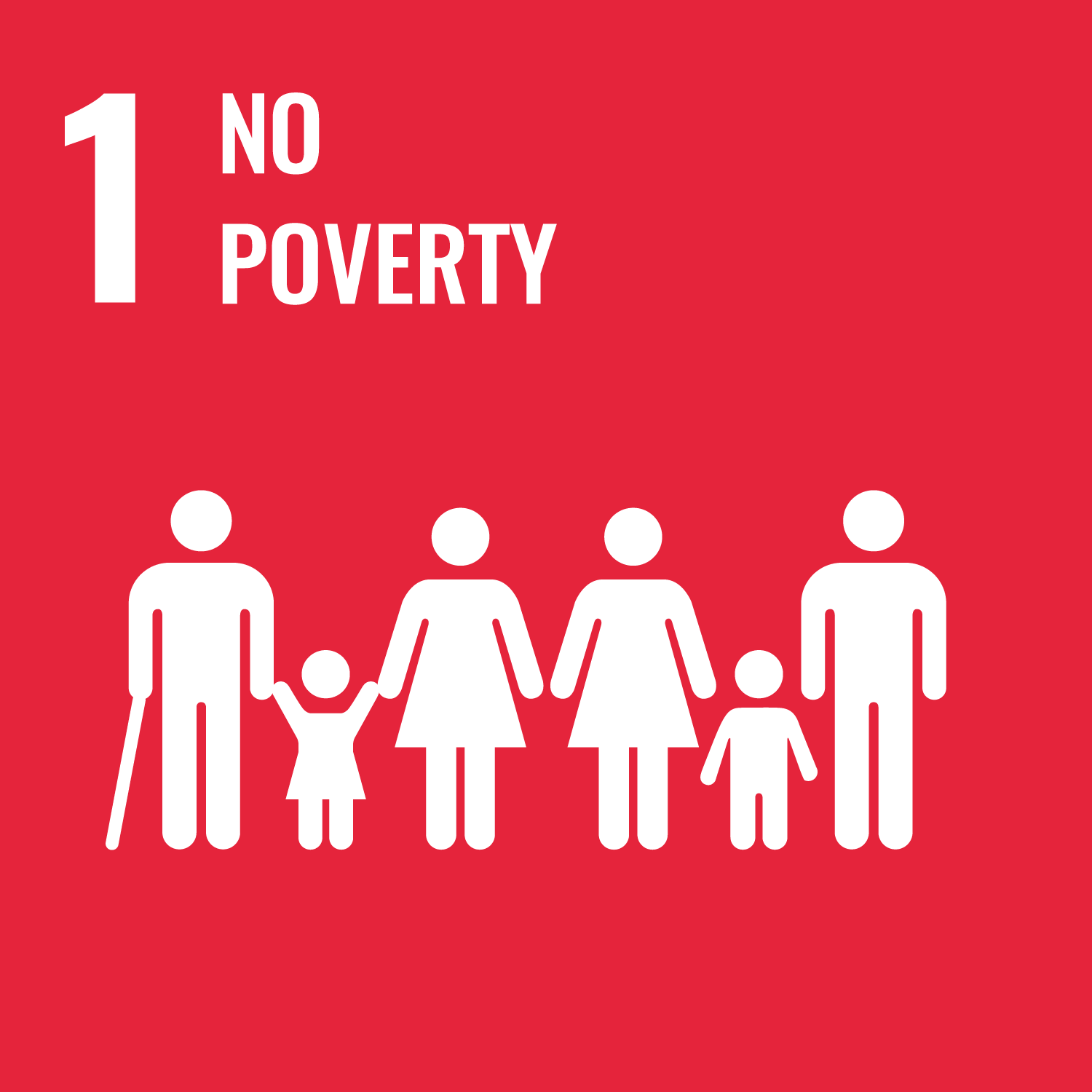
Would you rather?
You’ll need
- Pens or pencils
- A4 paper
- Sticky tack
- 2 large buckets
- A coloured ball or beanbag per person
- Would you rather questions sheet
Before you begin
- Download the ‘Would you rather’ questions sheet
- Make two labels with ‘A’ and ‘B’ on them. Attach these to two buckets.
- Give out the balls or beanbags to the group. Each person should remember what colour theirs is.
Run the activity
- The person leading the activity should explain to everyone that they must listen to the questions and choose one of two possible answers. Each person can answer by placing their ball or beanbag into the buckets labelled A and B. To prepare for the next question, everyone should collect their own ball or beanbag from the bucket when the whole group has answered.
- Begin asking the trivial questions from the ‘Would you rather’ questions sheet. After each question, the person leading the activity should ask one or two players why they answered as they did. Everyone should share their own ideas about the scenario that the player(s) chose.
- Move on to the questions related to homelessness. The person leading the activity should continue to ask one or two players why they answered as they did and prompt a debate. Use the ‘Ending homelessness key information’ factsheet to give the group more information about scenarios that come up.
- The person leading the activity can allow the game to become a discussion of homelessness or prompt a discussion by asking the group to think about what they used to know about homelessness and what they know now.

This activity helps contribute towards some of the UN's Sustainable Development Goals. Find out more about the SDGs, and how Scouts across the world are getting involved.





Reflection
The group has answered some questions where they had to choose between two scenarios. Find out how difficult they found it to make their decisions. Was it harder to answer the questions about basic necessities (e.g. food, shelter, hygiene) than those about luxury items or fantasies?
Some of the questions reflect real issues facing homeless people. What issues did the group pick up on when asked about the homelessness scenarios? Which choices were the most difficult for them to make? Has the debate or any of the information from the factsheet changed their opinion on homelessness?
People lose their homes when the rising pressure from high rents and low incomes becomes too much. When there is constant pressure and stresses they can build up and push people into homelessness. Without government support, a sudden increase in pressure, like losing a job, becoming ill, or leaving home to get out of a bad relationship, can quickly force people into homelessness.
Safety
All activities must be safely managed. You must complete a thorough risk assessment and take appropriate steps to reduce risk. Use the safety checklist to help you plan and risk assess your activity. Always get approval for the activity, and have suitable supervision and an InTouch process.
To increase the difficulty of the questions, consider making them multiple-choice and having a discussion based on how the group answers.
Make it accessible
All Scout activities should be inclusive and accessible.
Have the group research what support services there are available in the local community to help people who are homeless. See if they can find case studies or other information that supports the way they answered the homelessness questions, or whether they can find something that changes their view.
Everyone should be given the chance to contribute to the discussion for each question, should they wish.

